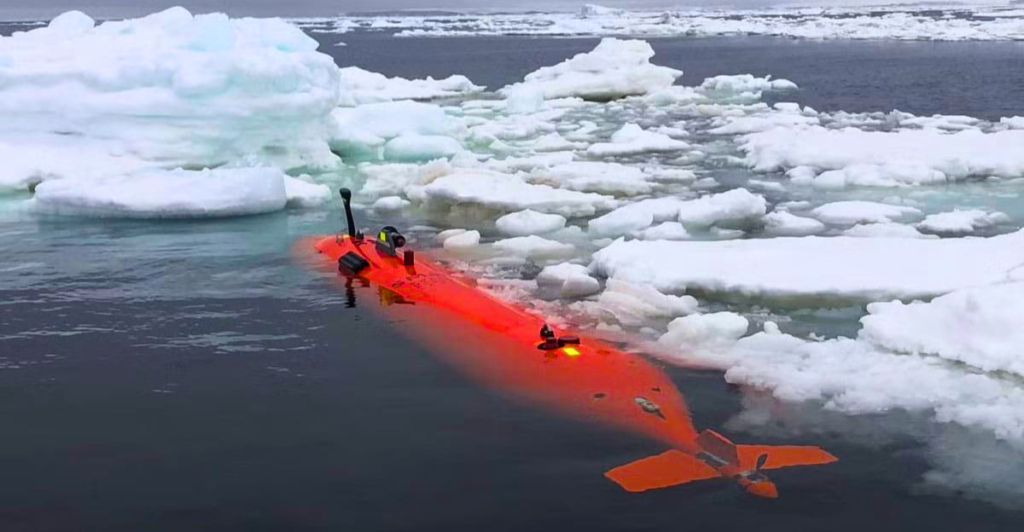
In a groundbreaking expedition to Antarctica, the autonomous underwater vehicle (AUV) known as Ran was deployed to explore the uncharted depths beneath the Thwaites Glacier, often referred to as the “Doomsday Glacier” due to its potential impact on global sea levels. Equipped with cutting-edge technology, Ran was designed to map the seafloor and monitor interactions between ice and deep ocean currents, providing invaluable data on the rapidly changing polar environment. However, the mission took an unexpected turn when Ran vanished without a trace, leaving the scientific community puzzled and concerned.
Where Did The Sub Go?

The disappearance of Ran occurred shortly after it transmitted data hinting at an unusual underwater structure beneath the glacier. Scientists eagerly anticipated further analysis, but their hopes were dashed when the submersible failed to resurface at its designated retrieval point. Extensive search efforts were launched using acoustic sonar, helicopters, and drones, but no trace of Ran was found, sparking widespread speculation about what may have happened.
Mission Objectives and Scientific Importance
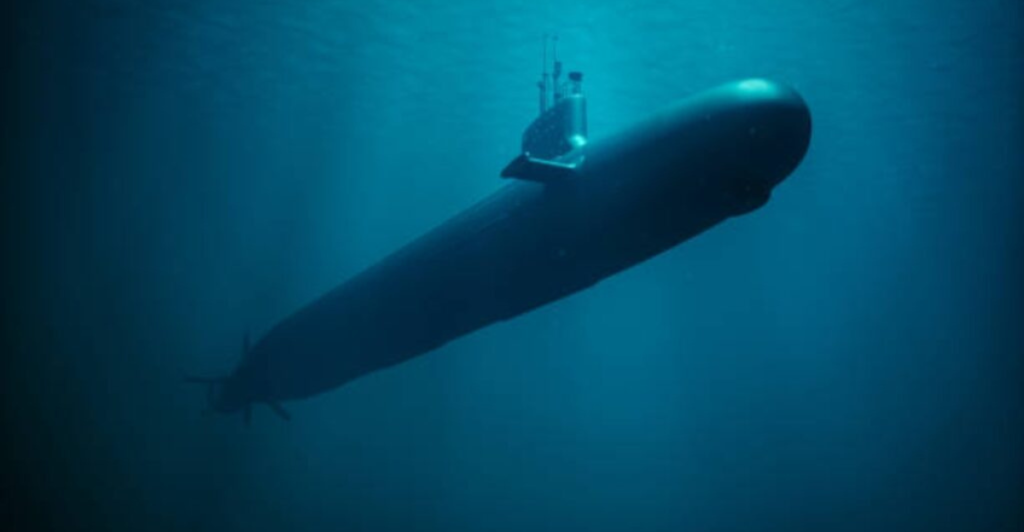
The ambitious expedition was led by renowned oceanographer Professor Anna Wåhlin from the University of Gothenburg, whose research focuses on polar oceanography, ocean circulation, and ice shelf melt processes. The Ran AUV, launched in 2015, was one of only three of its kind worldwide and had already contributed to groundbreaking discoveries regarding ice-ocean interactions.
What Did The Submarine Find?
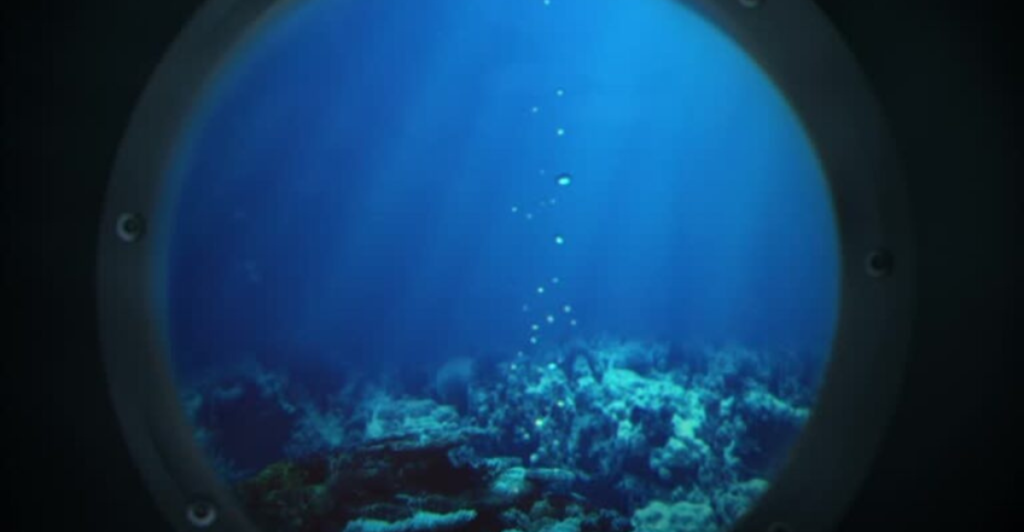
The mission aimed to collect critical data on the melting of the Thwaites Glacier, which holds enough ice to raise global sea levels by over three meters if it collapses. Understanding the mechanisms driving this melt is crucial for predicting future sea-level rise and preparing vulnerable coastal populations. Ran was tasked with navigating beneath the glacier’s ice shelf, where it would gather information on temperature fluctuations, salinity, and underwater structures—insights that could reshape our understanding of Antarctic ice dynamics.
Discovery of an Anomalous Structure

Shortly before its disappearance, Ran transmitted a series of sonar images and data suggesting an unusual structure embedded within the ice shelf. Initial interpretations hinted at a cavernous formation, possibly created by rapidly flowing meltwater, but some researchers speculated that it could be an unknown geological feature or even remnants of an ancient ice-covered ecosystem.
Final Verdict- Lost Network Connection

The structure, estimated to be several hundred meters in size, exhibited anomalous temperature readings, suggesting geothermal activity or the presence of trapped subglacial water reservoirs. The findings had the potential to redefine the region’s ice stability, but before any further investigation could be conducted, Ran ceased all communications.
The Disappearance and Search Efforts
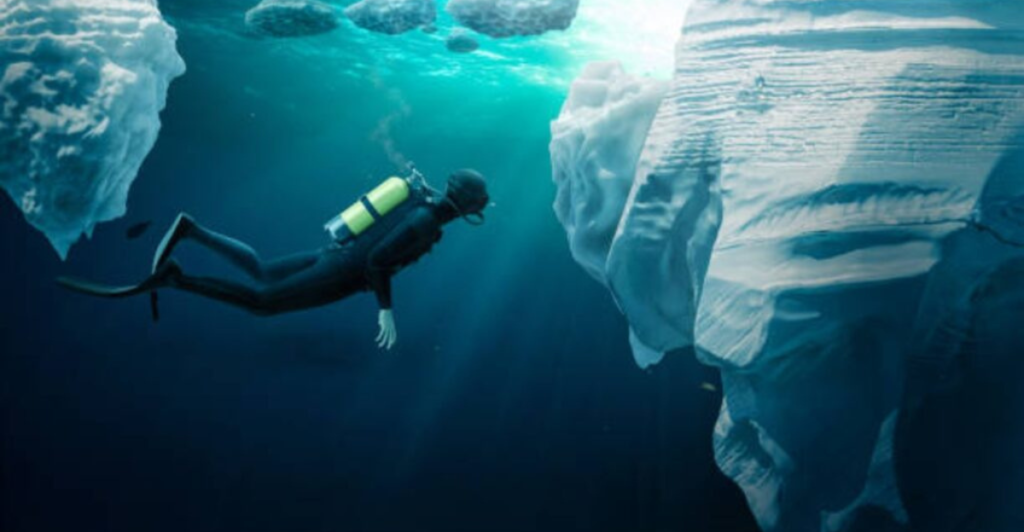
After completing several successful dives, Ran embarked on its final planned mission beneath the glacier. Researchers anticipated a routine resurfacing at a designated retrieval site, but the AUV never returned. The research team quickly initiated emergency protocols, deploying search efforts using surface vessels, airborne surveys, and advanced sonar scanning. Despite extensive efforts, Ran could not be located. Theories about its disappearance ranged from a technical malfunction to unexpected ice movement trapping it beneath the glacier. Some experts speculated that Ran may have encountered a powerful underwater current or an unstable ice cavity that collapsed, preventing its return. Others questioned whether an unknown factor—perhaps linked to the anomalous structure—played a role in the vehicle’s fate.
Environmental Challenges and Technological Risks

The harsh and unpredictable conditions of the Antarctic Ocean make it one of the most difficult environments to explore. Extreme cold, icebergs, and deep-sea pressure create significant risks for even the most advanced autonomous vehicles. Although Ran was built to withstand these challenges, unexpected environmental factors may have contributed to its loss. Navigational errors, mechanical failures, or unexpected under-ice currents could have easily disrupted Ran’s return path. Another possibility is that shifting ice or melting-induced instability in the glacier itself could have altered the landscape, trapping the AUV in an uncharted pocket of ice and water. Regardless of the cause, the loss of Ran marks a significant setback in Antarctic exploration.
Impact on Antarctic Marine Life
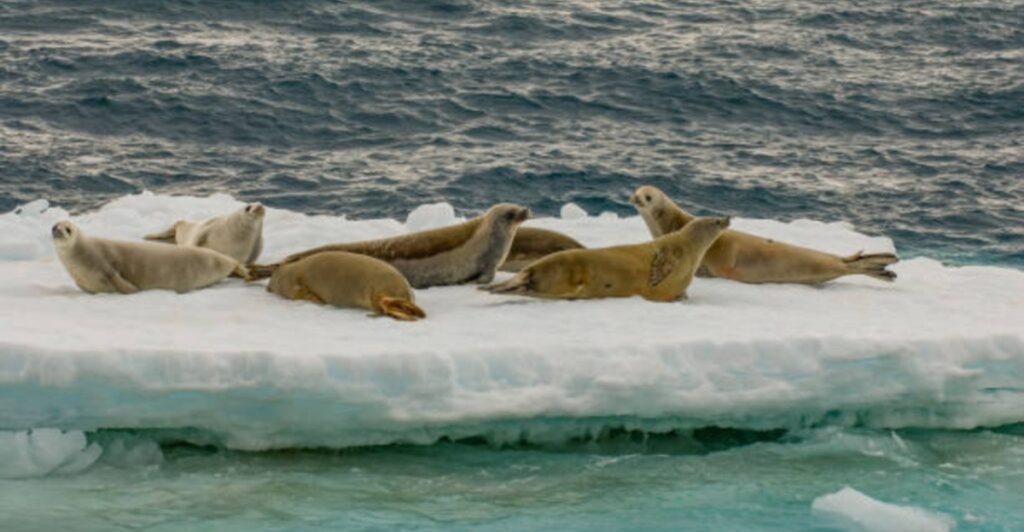
The melting of Antarctic ice, particularly from glaciers like Thwaites, has profound implications for marine ecosystems. As ice shelves disintegrate, the influx of freshwater alters ocean salinity and temperature, disrupting habitats for krill, a cornerstone species in the Antarctic food web. Changes in krill populations can trigger cascading effects, impacting predators such as penguins, seals, and whales. The discovery of new underwater structures, like the one Ran reported before vanishing, raises further questions about the potential existence of hidden ecosystems. Some researchers speculate that these under-ice cavities may harbor unique microbial life or previously unknown species, making future investigations crucial. If Ran‘s last images indeed captured something more than an ordinary glacial cavity, its disappearance takes on an even greater mystery.
Scientific and Public Speculation

The sudden loss of Ran has fueled scientific and public speculation, with theories ranging from natural environmental hazards to more speculative possibilities. Some researchers believe that the AUV may have uncovered something unexpected—perhaps an unknown geological or biological anomaly—that could warrant further investigation.
It’s Not The First Time

Others have drawn comparisons to past Antarctic mysteries, such as the unexplained disappearance of early exploration equipment and reports of unusual sonar readings from deep beneath the ice. While most of these incidents can be explained by natural factors, the timing of Ran’s disappearance following its detection of an anomalous structure has only deepened intrigue. Scientists try to give rational answers that The sub marine probably broke under pressure or that a sea creature like a seal or whale interfered with its movement, but many people believe that there is much more to the story.
Future of Polar Exploration
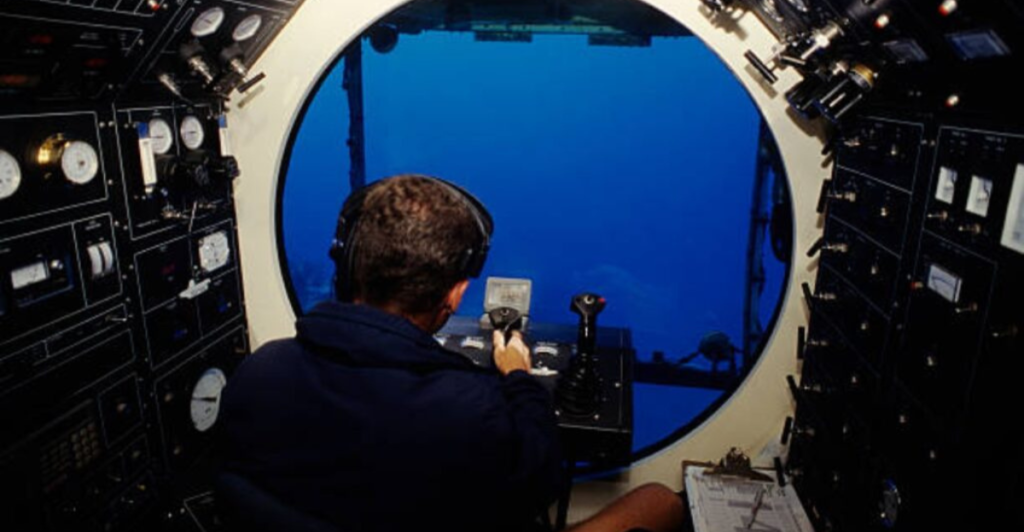
Despite the loss, researchers remain committed to further exploring the Thwaites Glacier and the surrounding Antarctic region. Plans are already in motion to deploy next-generation AUVs with improved communication systems and enhanced resilience to extreme conditions. The knowledge gained from Ran’s missions will guide the development of new technologies designed to withstand the challenges of polar exploration. Funding agencies and international scientific organizations have expressed their support for continued Antarctic research. The loss of Ran is not viewed as a failure but rather as a learning experience that will inform future missions. If anything, the mystery surrounding its disappearance has only intensified interest in uncovering the secrets that lie beneath the Antarctic ice. Will Ran ever be found again? If so, what information will it hold for us humans?
A Mystery That Demands Answers

The enigmatic disappearance of the Ran AUV under the Thwaites Glacier serves as a stark reminder of the formidable challenges faced by scientists exploring Earth’s most remote frontiers. While its loss represents a setback, the data it transmitted before vanishing has already provided valuable insights into Antarctica’s changing landscape and the potential existence of unknown subglacial structures. As researchers continue to push the boundaries of polar exploration, the lessons learned from Ran’s mission will guide future technological advancements and scientific inquiries. Whether the mystery of its disappearance is ever solved remains uncertain, but one thing is clear—the pursuit of knowledge in the frozen depths of Antarctica is far from over.
Discover more of our trending stories and follow us to keep them appearing in your feed

“There Will Be Eruptions”: Concerns Mount as Yellowstone Supervolcano Activity Shifts
After 800 Years of Silence, This American Volcano Shows Signs of Activity
Climate Change Overestimated? New Data Shows Oceans Are Cooling The Planet Faster Than Predicted
Deepest Hole On Earth Permanently Sealed After 2 Billion Year Old Discovery
References:
Reference 1
Reference 2
This article first appeared here
Stay connected with us for more stories like this! Follow us to get the latest updates or hit the Follow button at the top of this article, and let us know what you think by leaving your feedback below. We’d love to hear from you!







